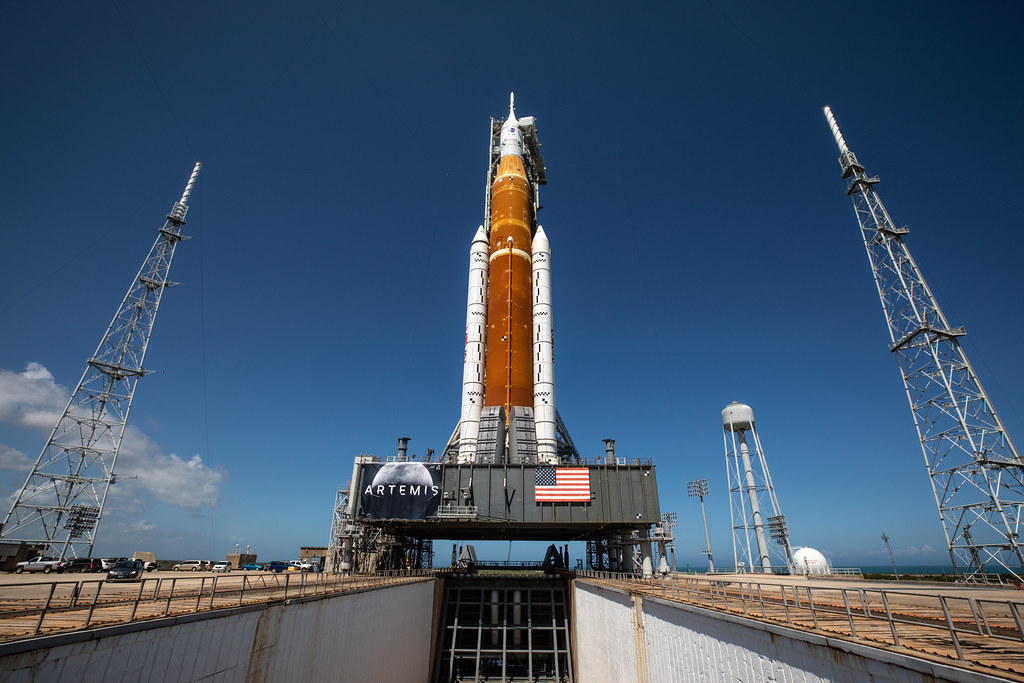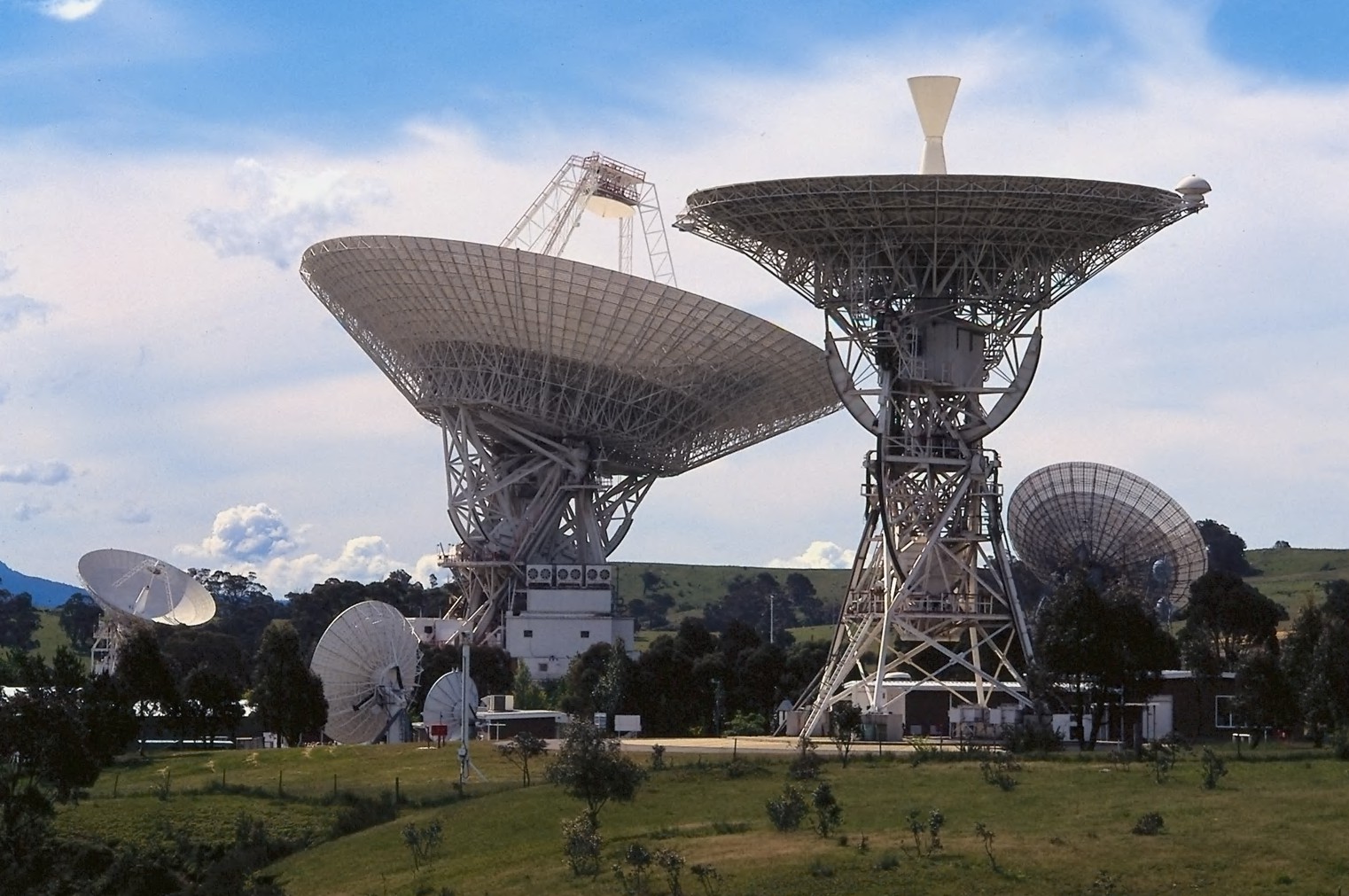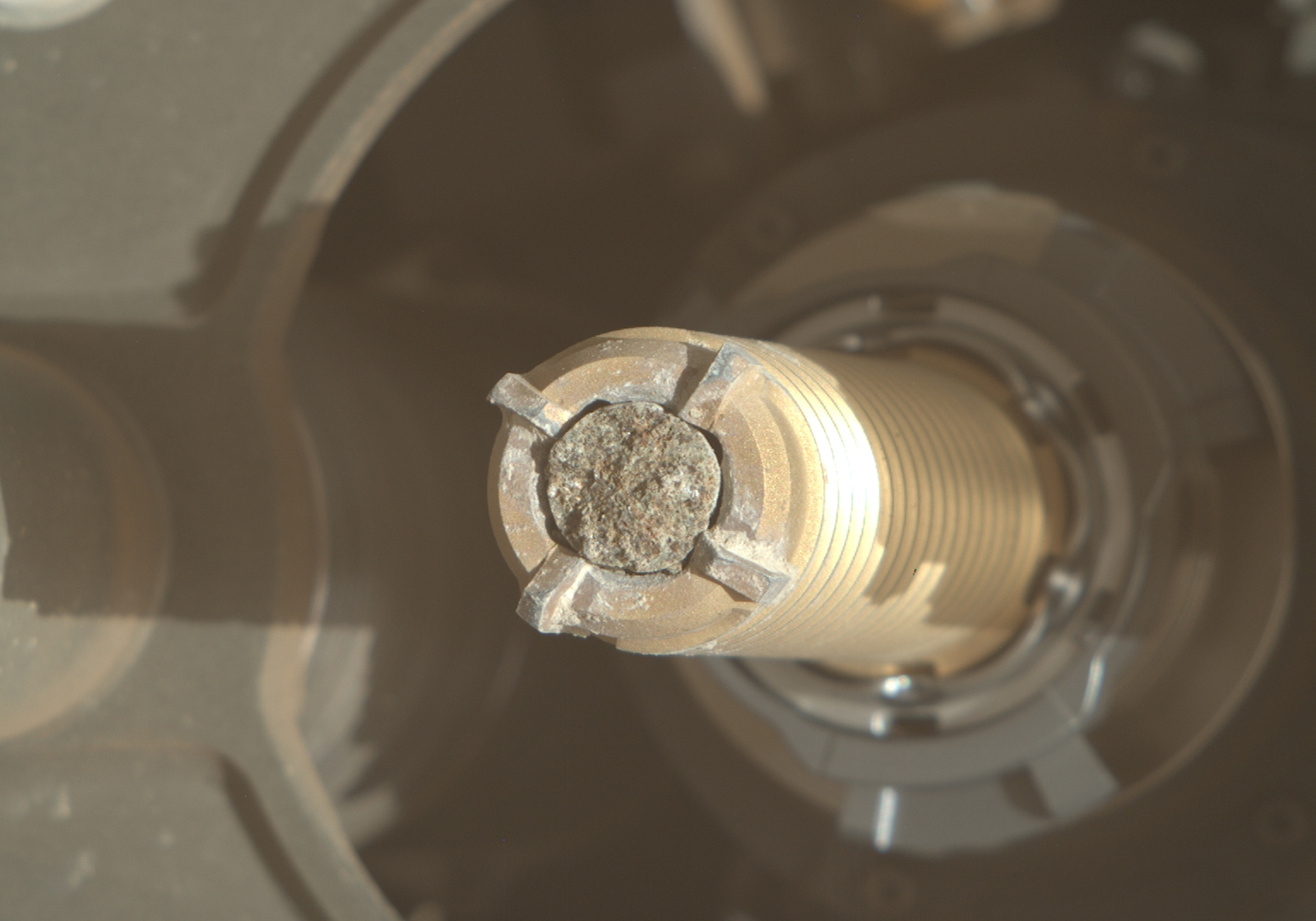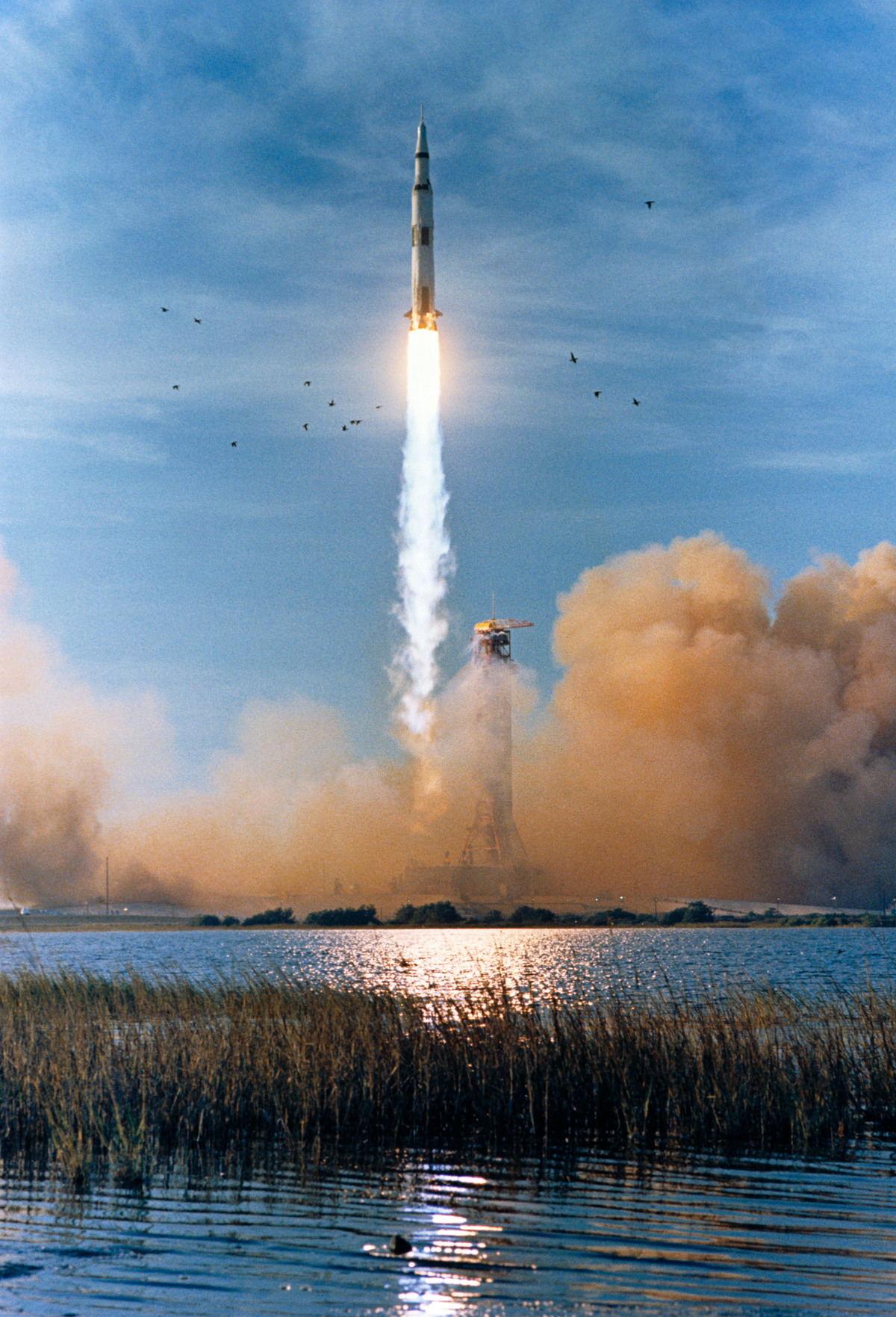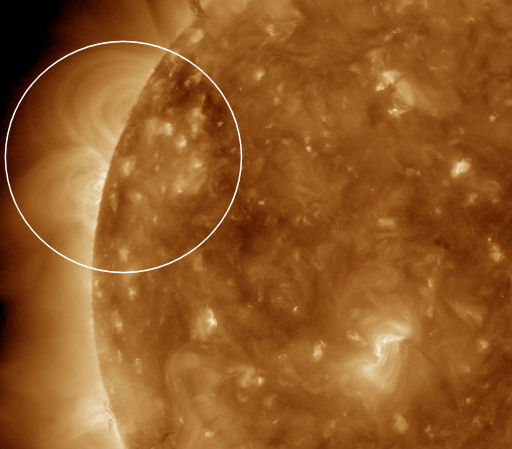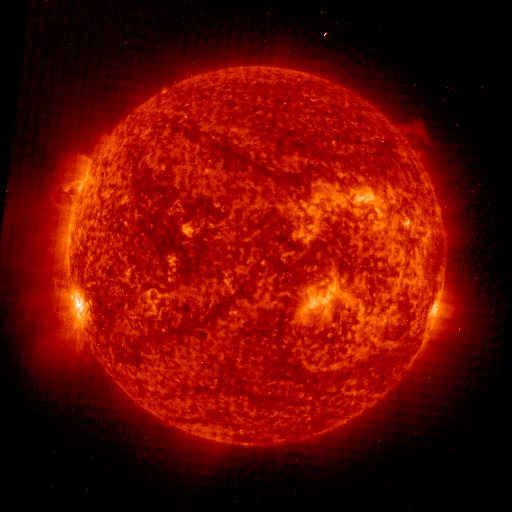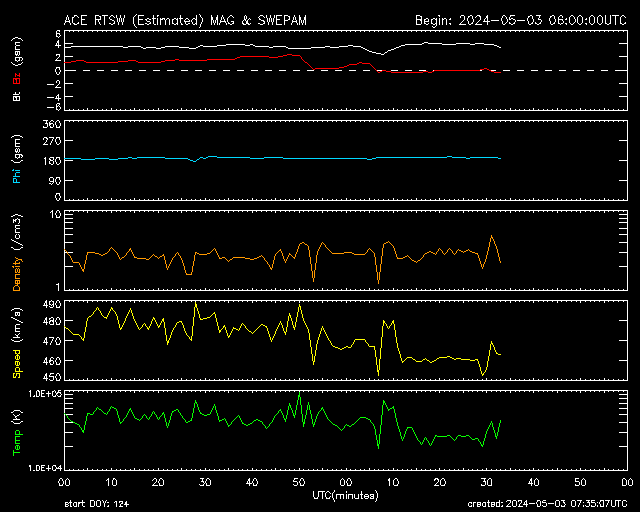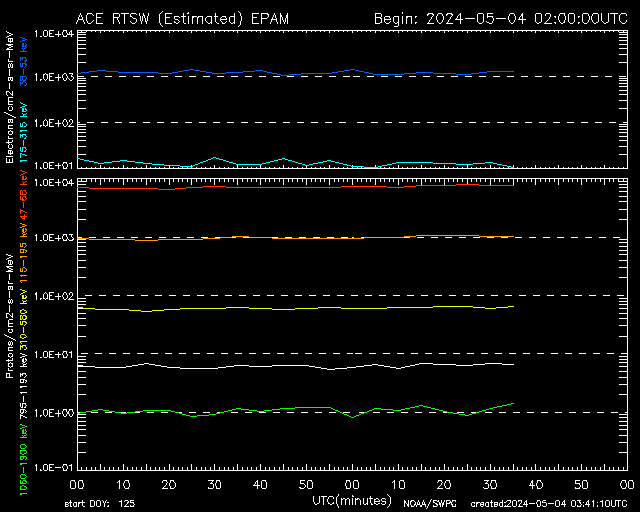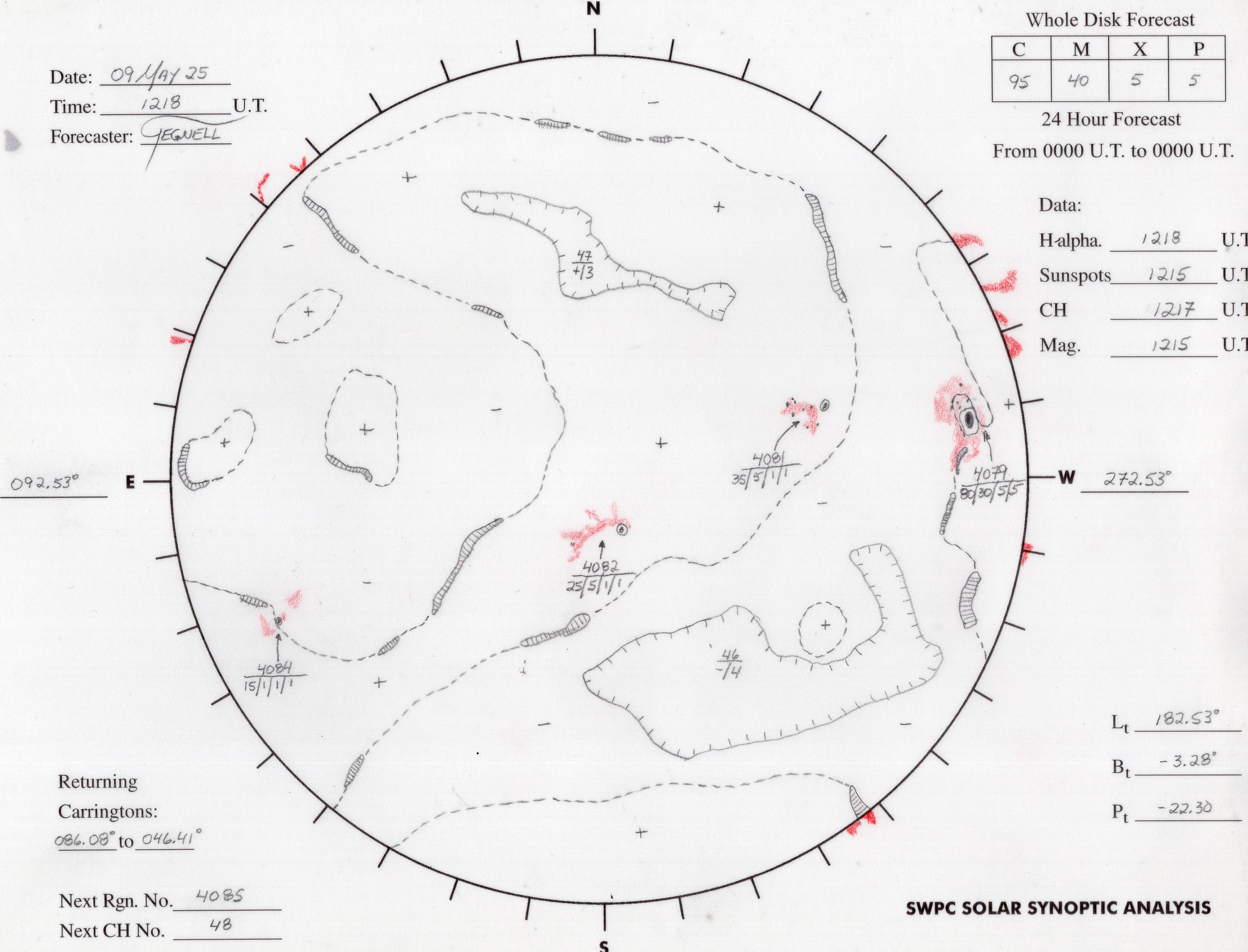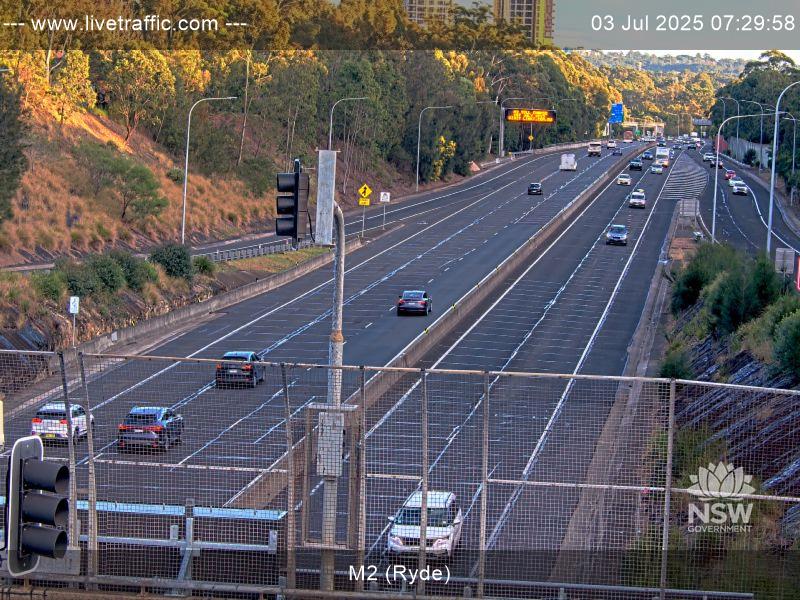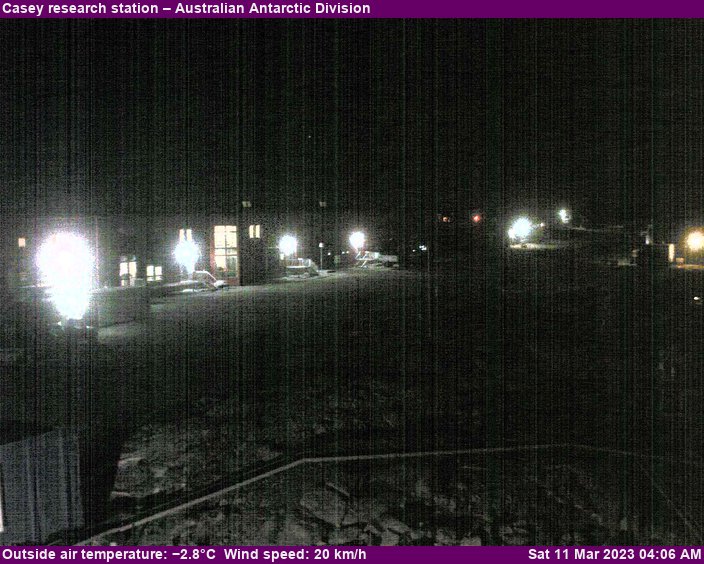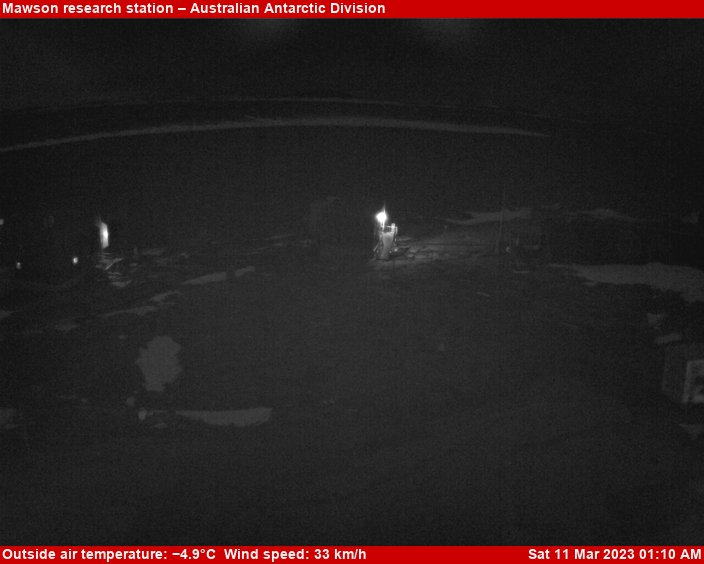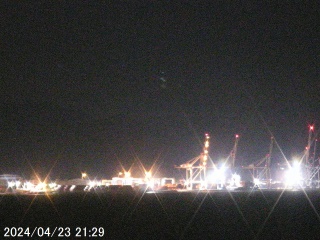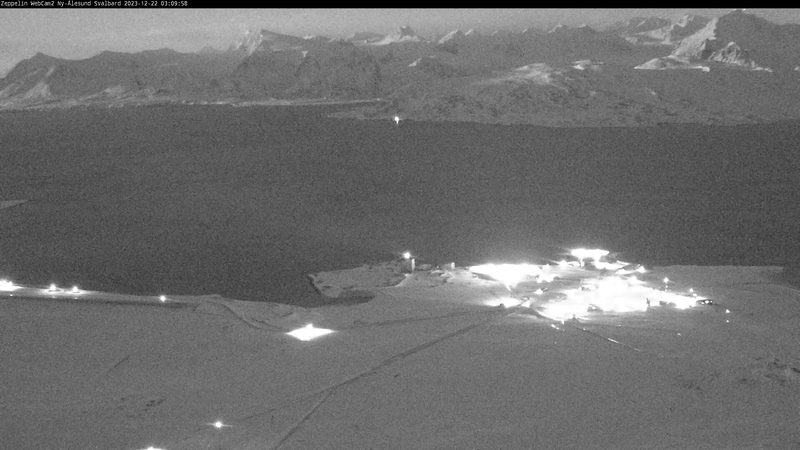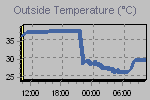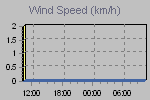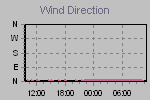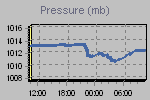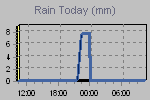The Mars 2020 team has been exploring a new area of the Margin Unit at Jezero Crater, where distinct carbonate signatures have been observed from orbit. Importantly, carbonates that form in rocks can store a record of the climate during formation, and they can also preserve biosignatures (residues of ancient life).
Perseverance is on its way to a particularly interesting region of the Margin Unit, known as Jurabi Point, where three rock units appear to intersect. These different rock types are known as the Upper Fan sedimentary rocks, the Boulder-rich Unit, and, with its unique carbonate signature, the Margin Unit. Interestingly, the signatures of carbonate minerals that are seen from orbit appear to be strongest near our current location. A rock core sample at this location may contain carbonate minerals and therefore serves as a representative sample for the Margin Unit campaign.
As part of the ongoing investigation of the rocks in the area, Perseverance recently performed an abrasion patch on a large slab of bedrock at Turquoise Bay. The abrasion patch here ground through a thick dust layer and revealed interesting and unique textures and features in the fresh bedrock! The Mars 2020 team has been carefully analyzing these rocks and has been comparing and contrasting the features here with previous rock cores that have been collected.
The bedrock at Turquoise Bay was deemed unique and worthy for collection of a drilled core sample and a rock core was successfully collected by Perseverance. Mastcam-Z images of the core confirmed that it was successfully acquired, and the core is now in the process of being sealed for eventual return to Earth.
Over the next few Sols, Perseverance will conduct remote sensing science on the drill core tailings since they can provide insight into the potential composition of rock inside the drill core. After sampling wraps up, we will complete the drive to Jurabi Point where Perseverance will use remote and proximity science to investigate rocks at higher levels in the Margin Unit.
Written by
Adrian Broz
Postdoctoral Scientist, Purdue University/University of Oregon

